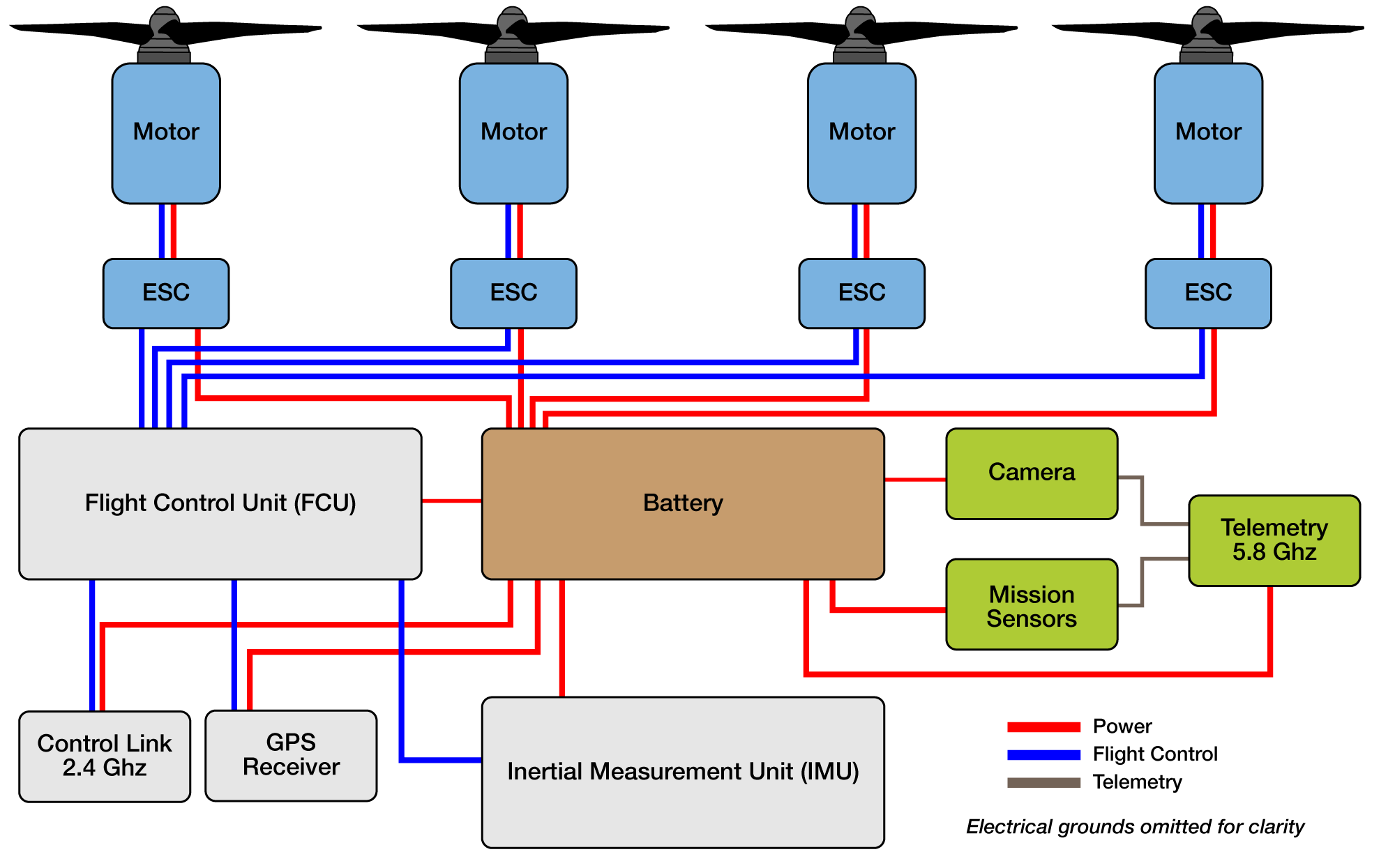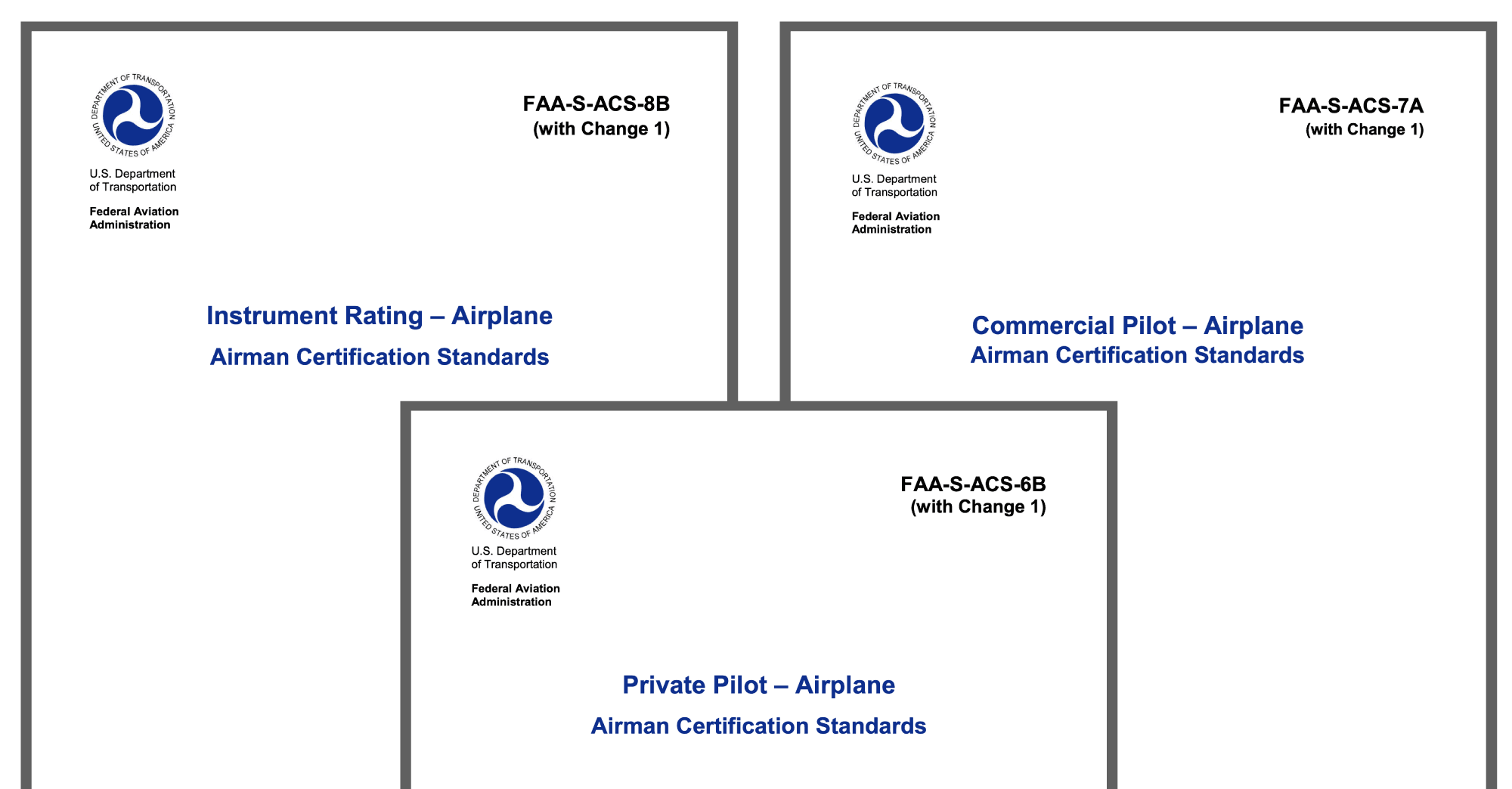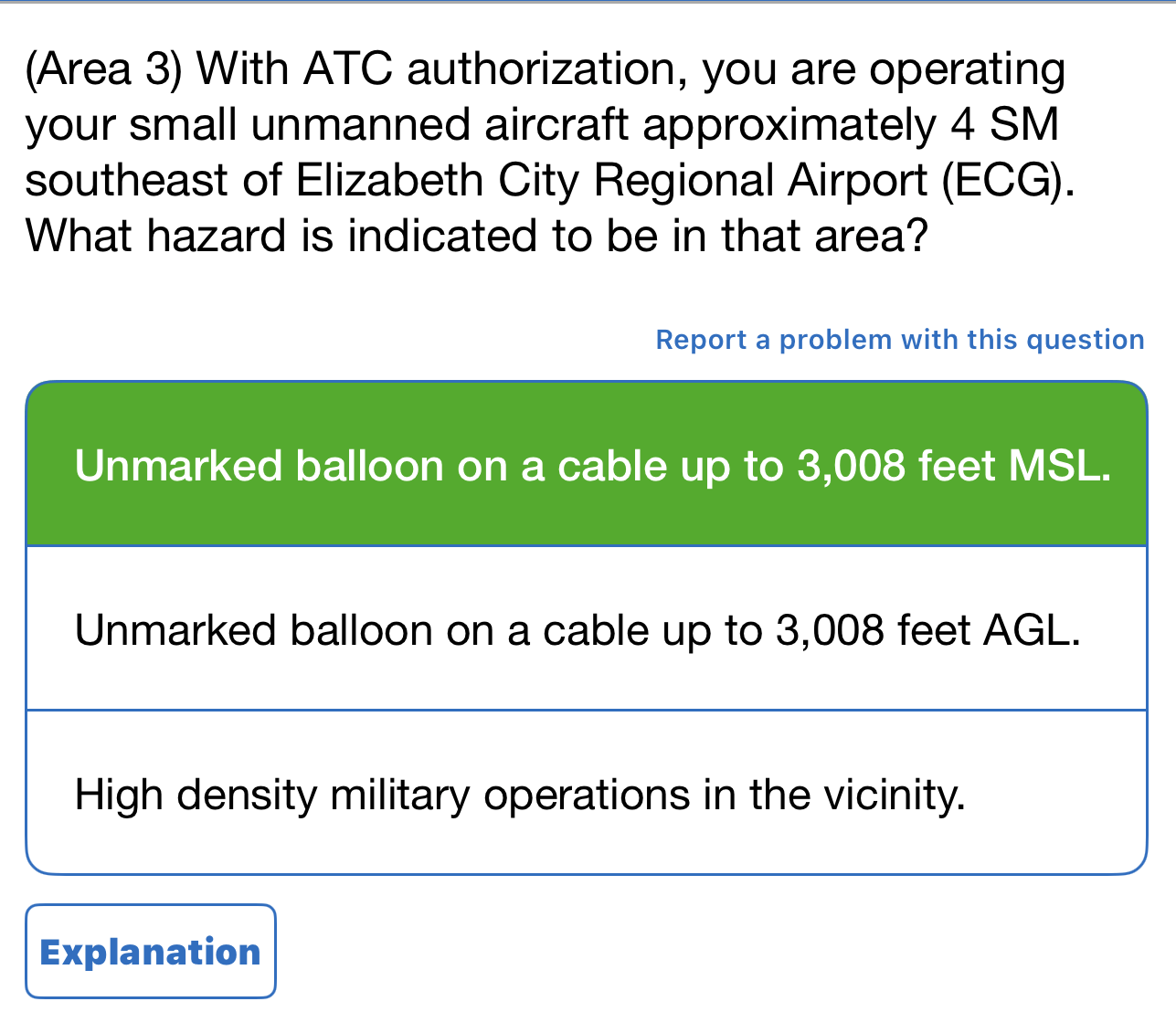
Strategies for Success on the Canadian Drone Exams
What to Expect on The Canadian Drone Exam
The Transport Canada drone exam is taken online on your home computer. The minimum passing score is 65% for the Basic exam, and 80% for the Advanced exam. They are difficult, and the first-time pass rates are low. Even those with dozens of years of experience as professional pilots and air traffic controllers are struggling to pass the exam.
There are several reasons for this. The main issue is that the exam strays outside the subjects listed in the Transport Canada Knowledge Guide. Many questions have little or no relevance to drone operations at all, while others cover drone systems and procedures that are generally only relevant in military settings.
Test takers report that the Basic exam covers topics that should only be tested on the Advanced exam, such as controlled airspace. Because the passing score is much lower, this is generally not as big a problem for test takers, but you should be prepared for this scenario.
Another problem is Transport Canada tests knowledge about unpublished standards. For example, one question asks the test taker to identify the RPAS component that is not typically redundant, and includes among the choices, GPS, control stations, and compasses. If the reported answer choices are correct, then none of them is a good answer. Most small commercial drones lack redundant GPS systems, compasses, or control stations, but larger drones typically incorporate all three. There is no industry standard for which systems should be redundant. There are other reasons why this is a terrible question:
- Redundancy varies widely across the types of drones that an RPAS license holder may operate
- Transport Canada has not published any guidance, standard, or recommendations for systems redundancy
- A student would be hard pressed to locate a public document that discusses redundancy, let alone provide an answer to this question
- The topic is not listed in the TC Knowledge Guide. The guide does state that, "[t]]he small RPAS pilot operating within visual line of sight must be able to state the value of redundancy in operating scenarios," but this does not provide any notice to someone studying for the exam that he or she should research and know which systems are not typically redundant.
Even topics that are clearly defined in the TC Knowledge Guide will trip up the most prepared test taker because of the lack of industry or TC standards. For example, the guide states that the test take should be able to "[d]escribe the factors that must be included in a 'site survey' for the operations of all small RPA operations." TC has not published any standards or recommendations on what constitutes a good site survey, and while there are some common sense items that should be considered, the lack of firm standards make this an opinion question.
Tips For The Exam
Test takers who fail the exam often miss the passing score by just 2-3 questions. There are a few things you can do to improve your odds of answering a few more questions correctly and passing the exam.
Take the Basic Exam First
Even if you need an Advanced Operations license, you should take our Basic Operations course and then the Basic exam. The pass rates for the Basic exam are much higher overall, and nearly 100% for students who complete our course. This will also give you a solid foundation for the more difficult Advanced exam, and allows you to operate a drone subject to minimal restrictions.
Master the Course Material
Our courses cover 100% of the 400+ items listed in the Transport Canada Knowledge Guide. If you complete the course, you will be much better prepared than the average test taker.
Prepare for the Unexpected
Arm yourself to answer questions about random topics unrelated to drones. To do that you will need the following searchable resources available to you during the exam. If you come across something you have never seen before, the answer is likely in one of these documents.
- The complete text of all Canadian Aviation Regulations (searchable)
- Transport Canada Aeronautical Information Manual
- Air Command Weather Manual [1]
- Human Factors for Aviation Basic Handbook TP12863E [1]
- Aviation Weather [2]
[1] These are copyrighted manuals that we cannot provide. There are PDF copies available from various online sources. You will need a text searchable version for the exam.
[2] This is a free United States FAA publication with very good coverage of weather topics.
Avoid Common Mistakes
- Pay attention to units. Many people focus on the number and ignore the units. 5° C is not the same as 5° F.
- Do not pick an answer simply because it is the longest or most "official sounding."
- Do not dwell on tough questions. This wastes time and saps confidence. Mark it, move on, and return to it at the end of the exam.
- Read every answer choice even if you are convinced that the first one is correct.
Tips For Answering Questions
- Answer the question in your mind before reading the answer choices. This reduces the odds of being lulled by the first authoritative-sounding, yet incorrect, answer.
- Rule out the nonsense or plainly wrong answers. Every question has one or two answers that are intended to be distractors.
- When considering "none of the above" or "all of the above," test each answer choice individually against the question.
- Still stumped? Search the resources listed above using a snippet of the question and the answer choices. A common method of creating questions is to take a sentence from a reference, split it up into a question and answer, and create distractors for the other answer choices.
After the Exam
Let us know how it went, good or bad. Please let us know if there are any coverage gaps so we can improve our course and help other students. A generalized list of topics is not as helpful as descriptive examples, for example, "the exam asked for the maximum speed for flying a drone and the answer choices all stated '87' followed by knots, mph, etc. The regulations do not state the maximum speed."
Note: This is an example of a trick question because there is no regulation addressing maximum speed. Moreover, the topic is not listed anywhere in the TC Knowledge Guide.


